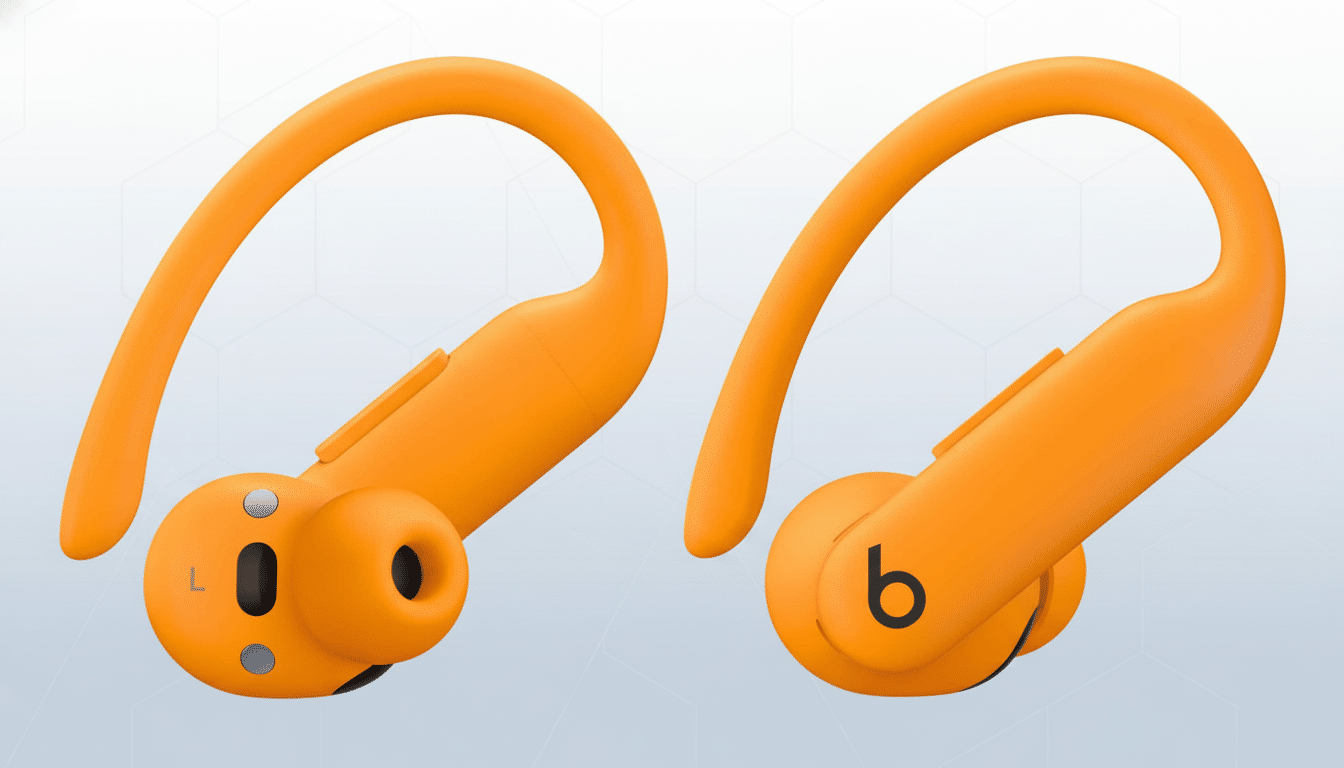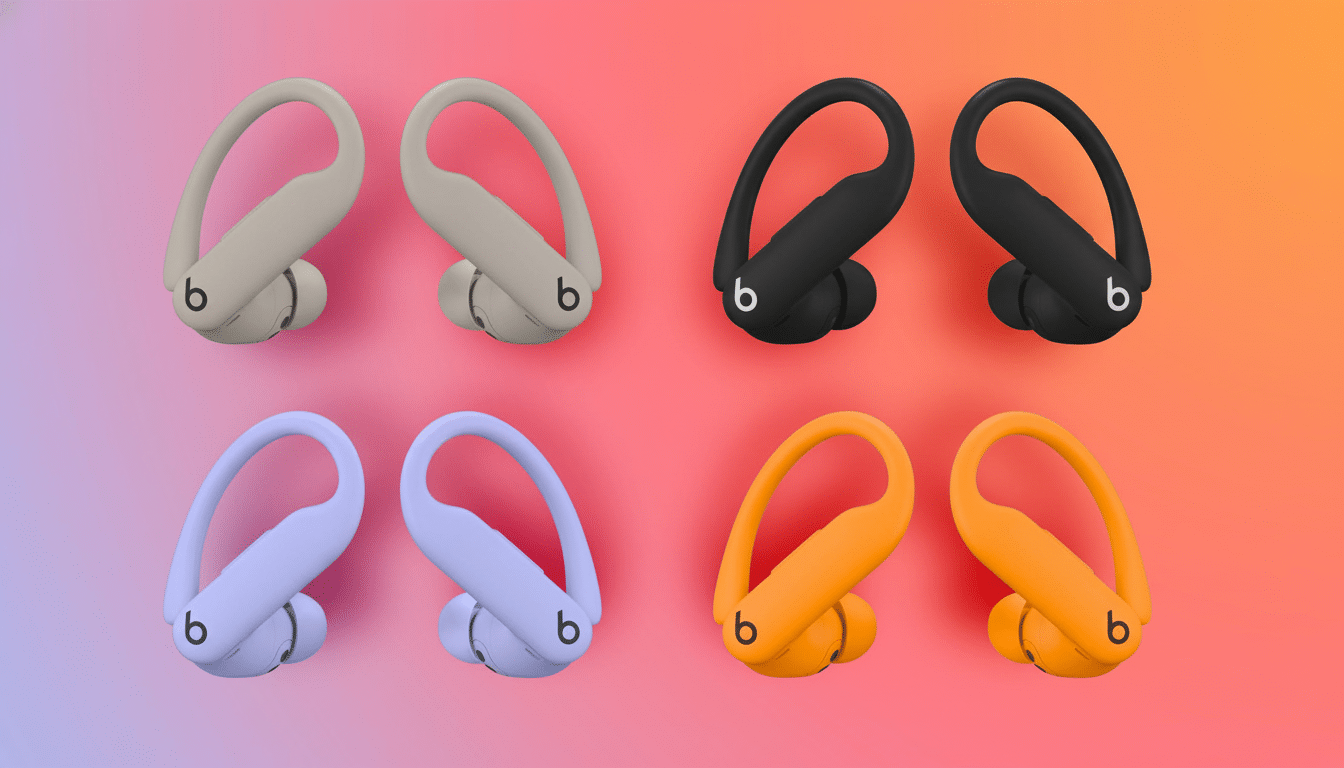Two top-of-the-line earbuds now measure your heart from your ears, but with different priorities. After weeks of workouts and daily wear with both the Powerbeats Pro 2 and AirPods Pro 3, I zeroed in on nothing but how well each monitors my heart rate: lock-on speed; stability during hard efforts; the clarity of data provided; and platform support. There’s an obvious winner, especially when you care about reliability under acceleration.
What Works in Ear-Based Heart Rate Sensors
Both use optical photoplethysmography (PPG) to read the pulse from the ear—there’s less light there than on your wrist, making for a strong signal when the fit is snug. For decades, sports scientists have observed that motion artifact is the foe of optical sensors; a tight, samey seal equals less noise and delay. And it’s worth noting that heart rate zone training, as the American College of Sports Medicine and others like to point out, is predicated on steady readings rather than split-second perfection; fitness more than lab-grade precision is what will matter in most workouts.
- What Works in Ear-Based Heart Rate Sensors
- Form and Function Determine Signal Strength
- Lock-On Speed and Recovery while in Intervals
- Data Presentation and Ecosystem Considerations
- Workout Use Cases Beyond Heart Rate Counting
- Battery Life and Comfort Considerations for Workouts
- The Heart Rate Winner for Reliable Training Data

Form and Function Determine Signal Strength
The Powerbeats Pro 2 are stout and sporty, with over-ear hooks to help keep the buds secured whether you’re sprinting down a track or through airport terminals. That design doesn’t save you from a bud squeezing itself loose; it also helps the optical sensor maintain constant contact with your skin, which translates into fewer dropouts when your rhythm gets a bit sloppy. The AirPods Pro 3 fit well, with silicone tips that should lock in for most workouts, but during runs with high-impact intervals I did get an intermittent micro-shift that led to momentary lag as the reading reconfigured itself.
In steady-state activities—say, tempo runs or zone 2 rides—both stuck fairly close to a chest strap reference, which we could somewhat expect based on academic work with in-ear PPG during controlled movement. The discrepancy became evident during abrupt transitions: Powerbeats Pro 2 managed to maintain a more stable signal under jarring accelerations, while AirPods Pro 3 occasionally lagged behind as it sought to reacquire a clean waveform after a disruption.
Lock-On Speed and Recovery while in Intervals
You will notice ‘initial’ lock-on at workout start is fast on both pairs.
Between intervals, the AirPods Pro 3 frequently softened short spikes—handy if you prefer clean graphs without jitter, less so when every surge isn’t captured instantly. The Powerbeats Pro 2 were more prone to representing the ramp-up a touch more responsively when cadence or intensity spiked. If you work out with short, repeated sprints or fartlek runs, that behavior is visible on your graphs later in Apple Fitness or the Health app.
Data Presentation and Ecosystem Considerations
On the iPhone side, both push live heart rate data into Apple’s Fitness and Health apps and log workout summaries that you can check out later.

And with the AirPods Pro 3, you’re getting the tighter, more automated experience in iOS—they pair instantly and surface metrics in familiar areas of the OS practically without any setup process. That convenience is all the more meaningful if you’re already using features like personalized zones or sharing Activity with friends. But the Powerbeats Pro 2 do bring heart rate tracking to Android through the Beats app, and that’s a nice positive for cross-platform users who want in-ear heart rate measurements without having to change phones. Apple continues to lock AirPods’ heart rate features within iOS.
Both pairs aren’t positioned as medical devices, though, and both fall into the broader consumer-wearable framing of heart rate as a wellness measurement. That fits with guidance from clinical groups and regulators, which restrict diagnostic claims to devices cleared for them through dedicated pathways.
Workout Use Cases Beyond Heart Rate Counting
The ear hooks of the Powerbeats Pro 2 make you feel like they’re purpose-engineered for runners, HIIT devotees, or team-sport athletes who crave that “set it and forget it” stability. They also pull the attention of Android users around to the in-ear heart rate way of life too. The AirPods Pro 3 fight back with a smaller case, beefier dust and water resistance, and pro-grade daily usability like adaptive noise cancellation, Conversation Awareness and system-level accessibility modes—that last one useful if you’re looking for one pair to cover your office commute or gym workout.
Battery Life and Comfort Considerations for Workouts
When you turn heart rate sampling on, it doesn’t torpedo battery life on either model in normal workouts, but of course marathon sessions will always take totals down. Comfort is subjective: the AirPods Pro 3 vanish a little easier when worn for long periods, and the hooks of the Powerbeats Pro 2 exchange some bulk for unyielding security when your workout grows chaotic.
The Heart Rate Winner for Reliable Training Data
For monitoring heart rate only, Powerbeats Pro 2 get the win. Their really tight fit always maintained contact between the sensor and my skin even when moving fast and rough, and there were fewer dropouts—especially during short, hard efforts. Throw in their heart rate features that work with both iOS and Android, and they steal the lead for athletes who favor training data across platforms.
If you’re already deep in Apple’s ecosystem and are only after something that pairs heart rate with class-leading everyday features, the AirPods Pro 3 still make a great deal of sense. But if priority number one is accurate, responsive heart rate during tough workouts—and you’re also an Android user—then the Powerbeats Pro 2 are the more trustworthy training buddy.

